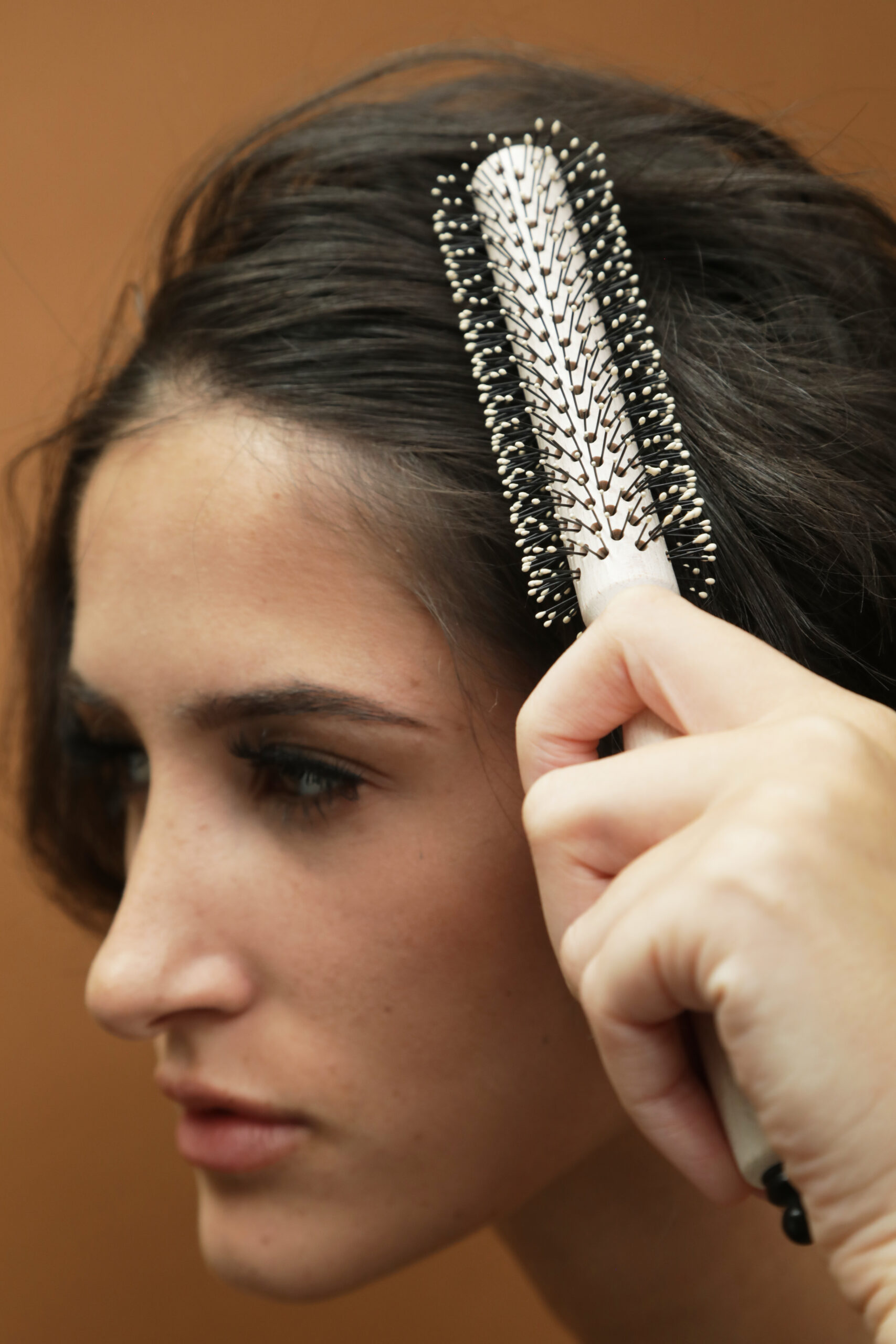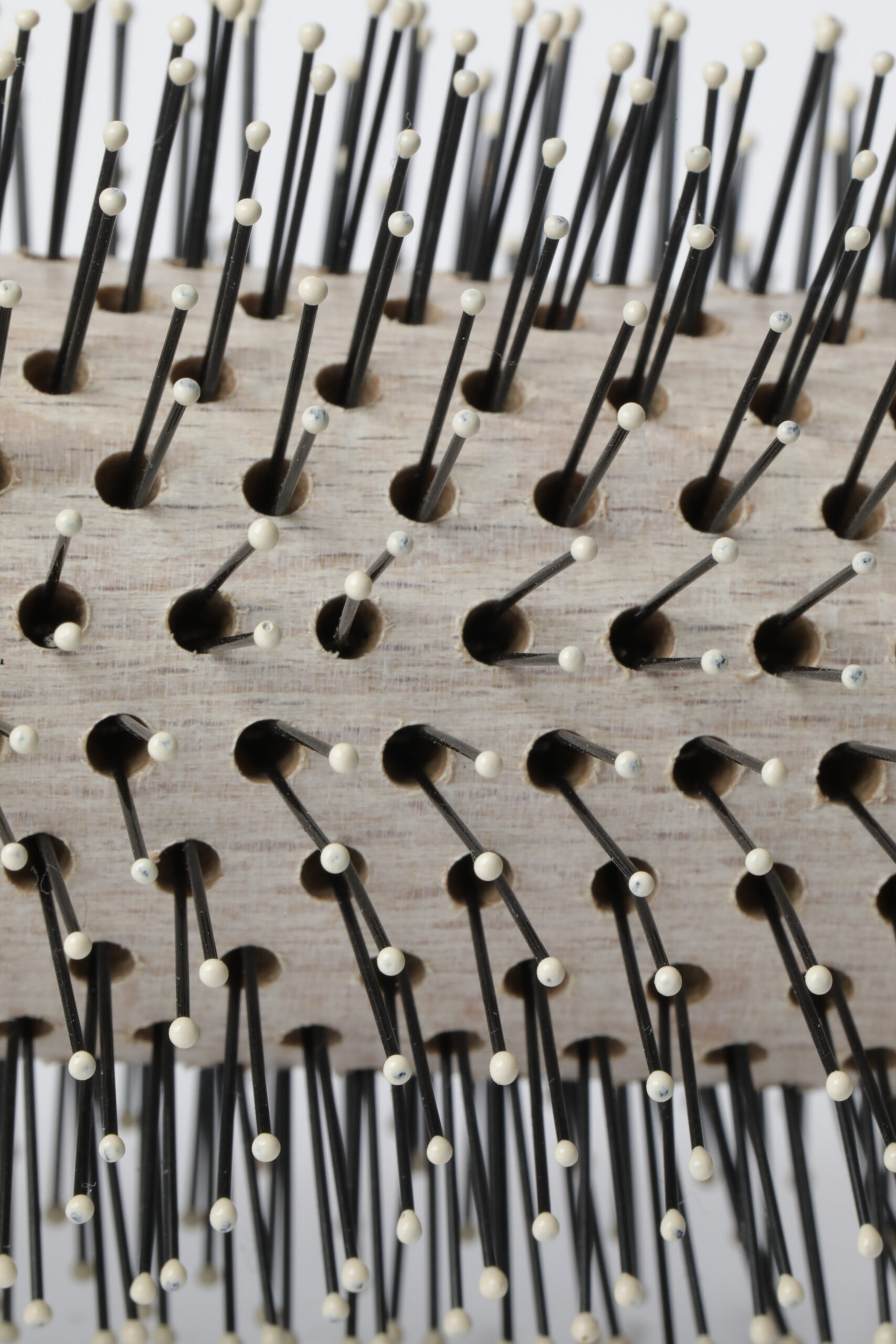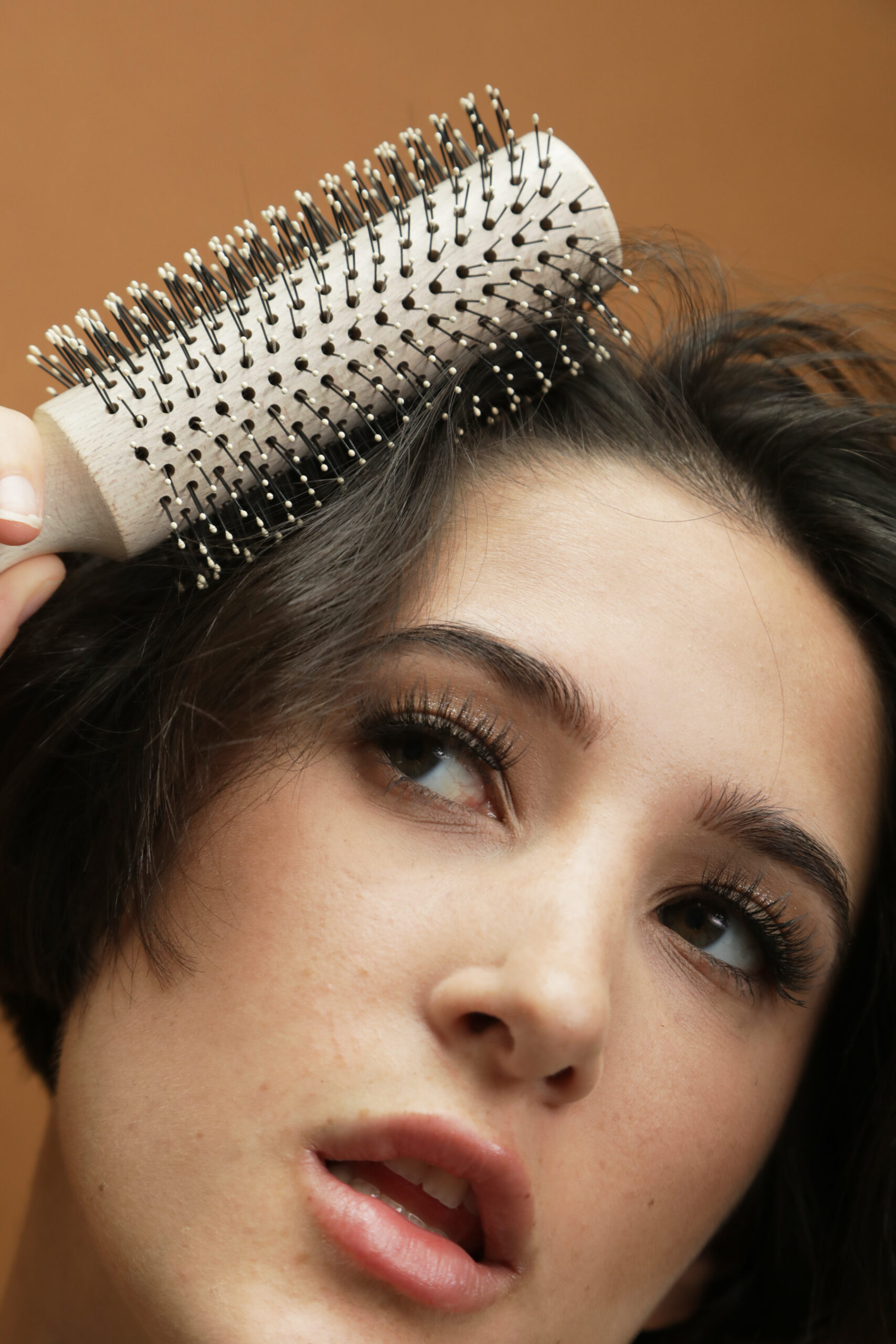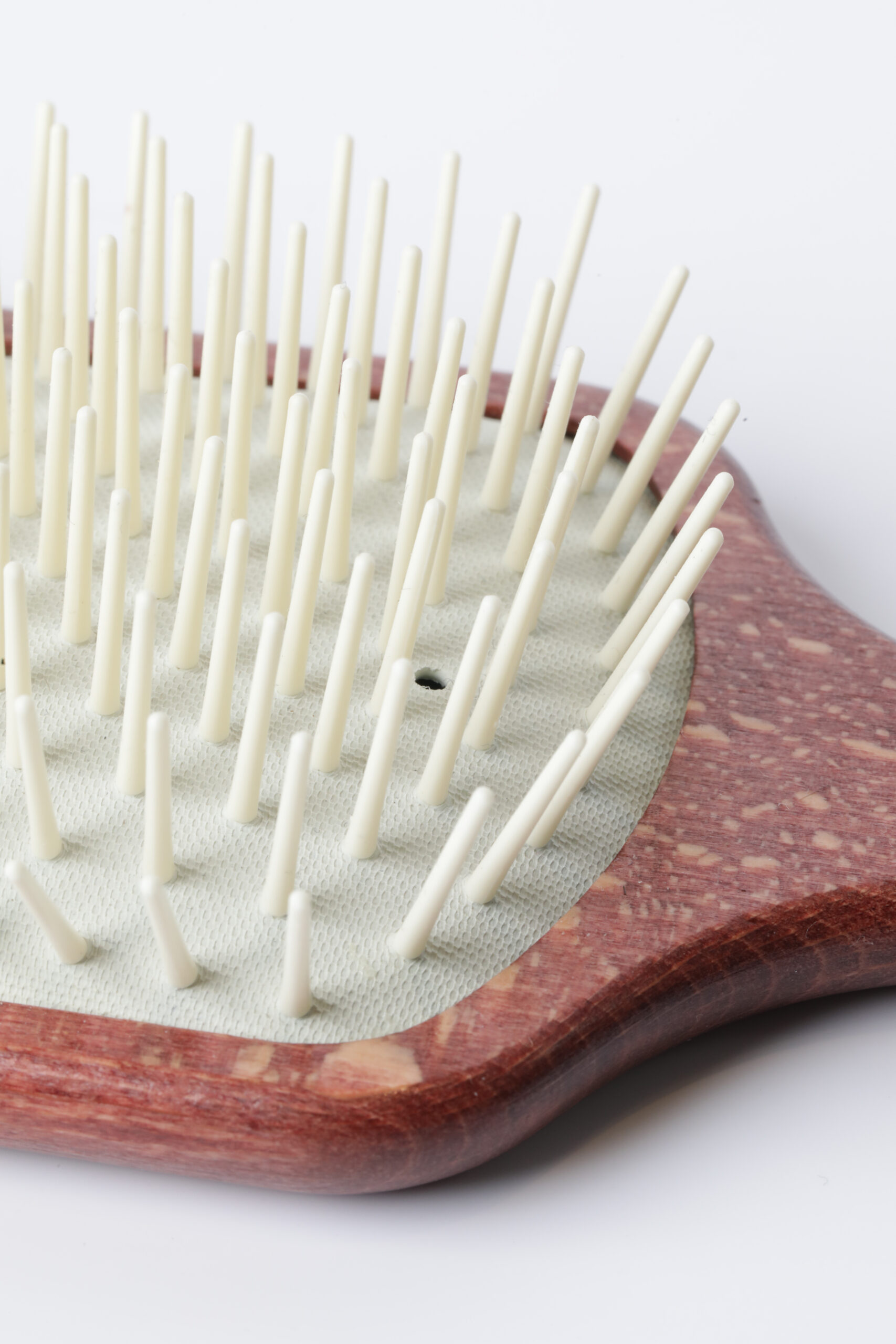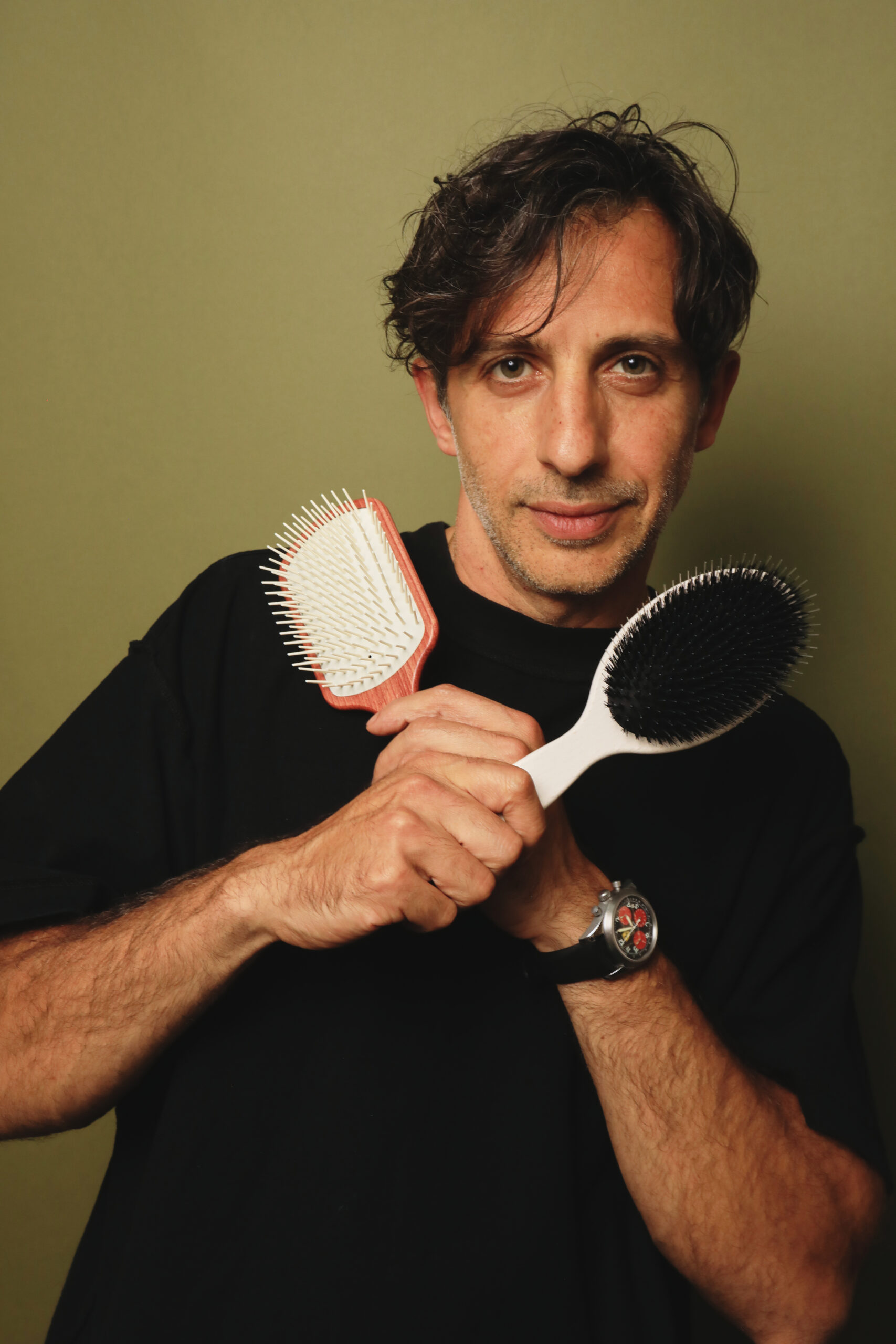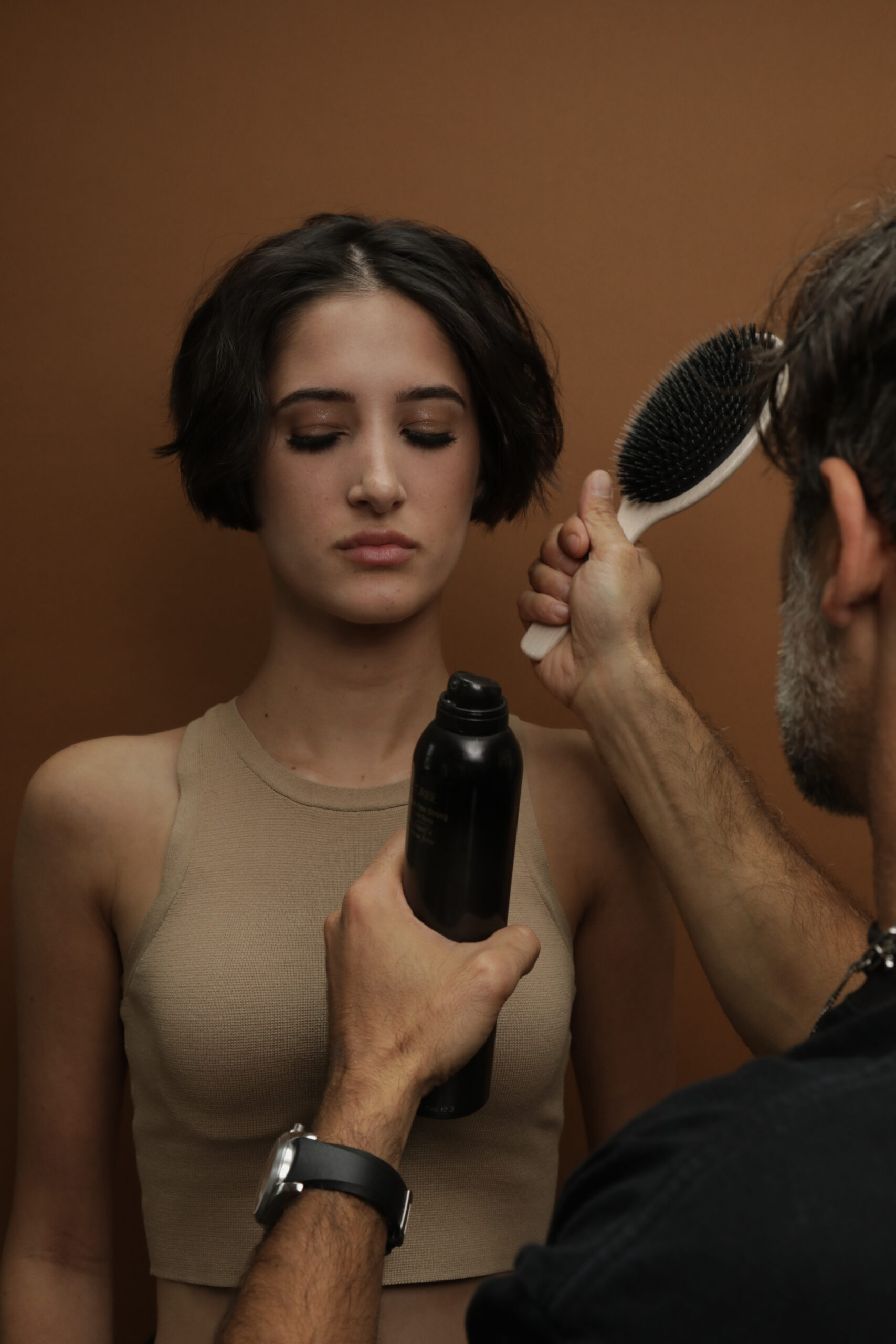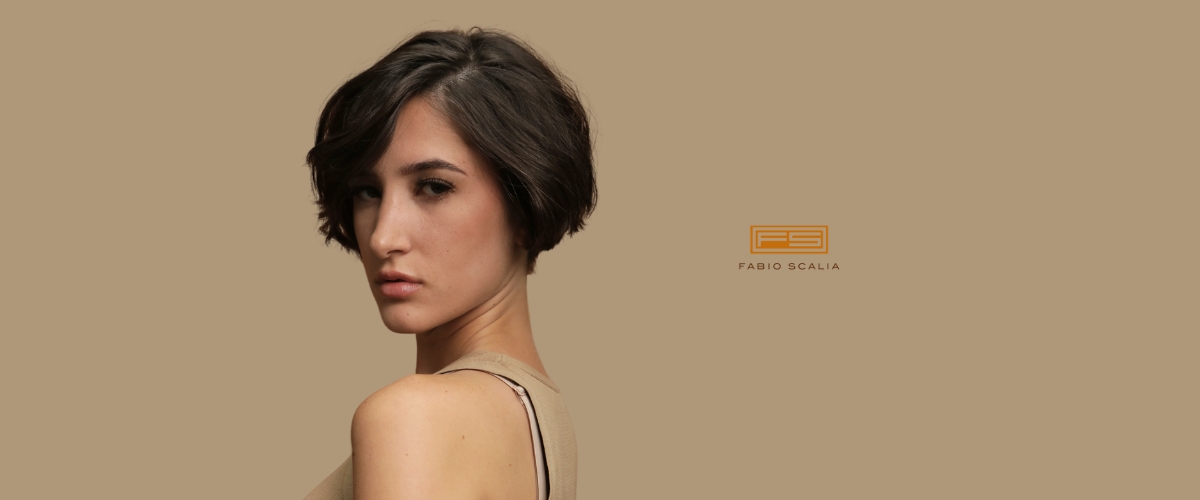
Ask a Stylist: What are the best cuts for fine hair, and how do I style fine hair?
Women with different types of hair are always trying to find solutions to their unique problems. But everyone with fine hair often feels like they have the most challenging hair of all, thanks to a host of unpleasant problems such as: Greasy roots, dry ends, tangling, hard to grow out, “fluffy looking,” and generally difficult to style. Fear not, fine haired friends. Fabio’s got you covered.
So, what is the difference between fine and thin hair?

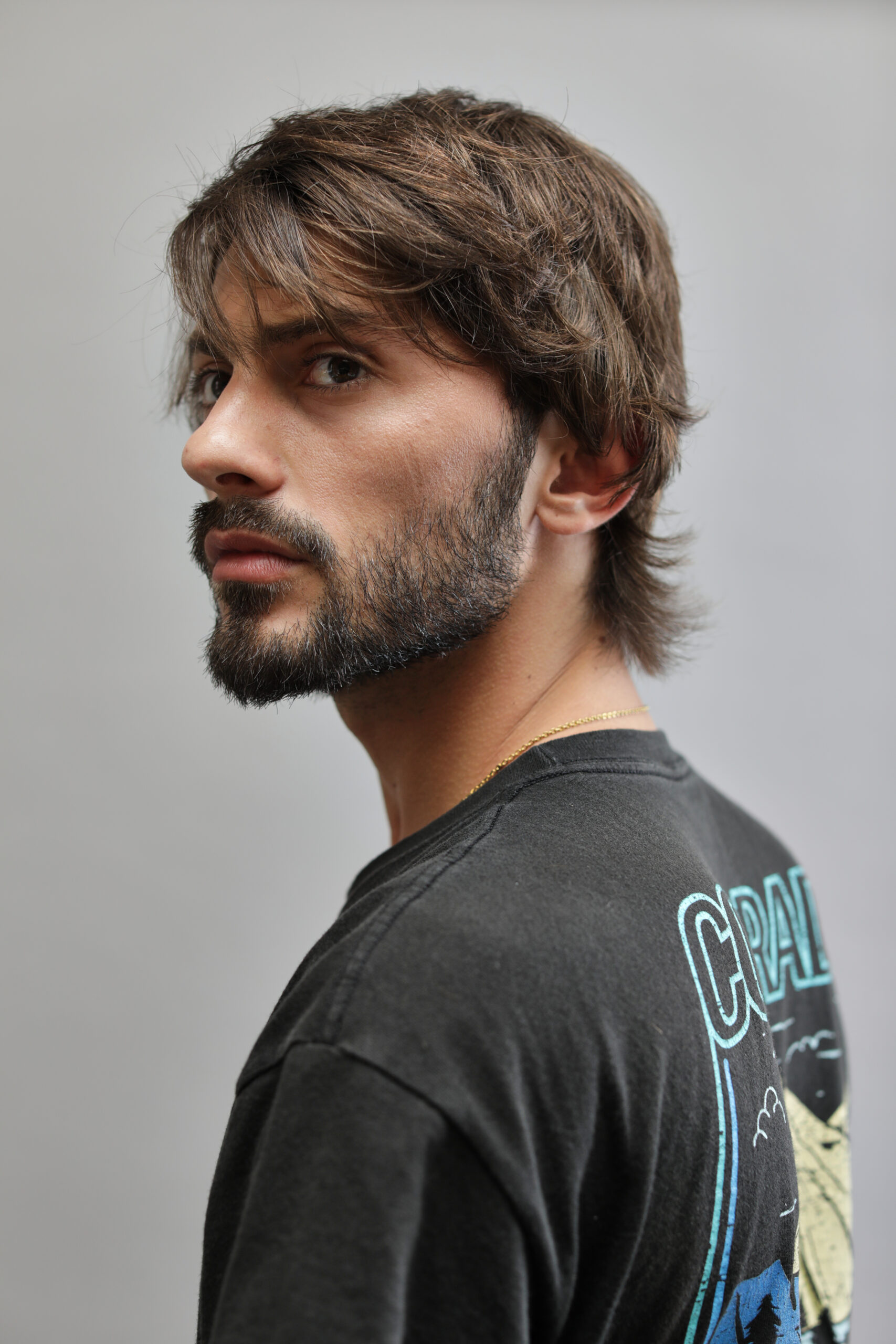
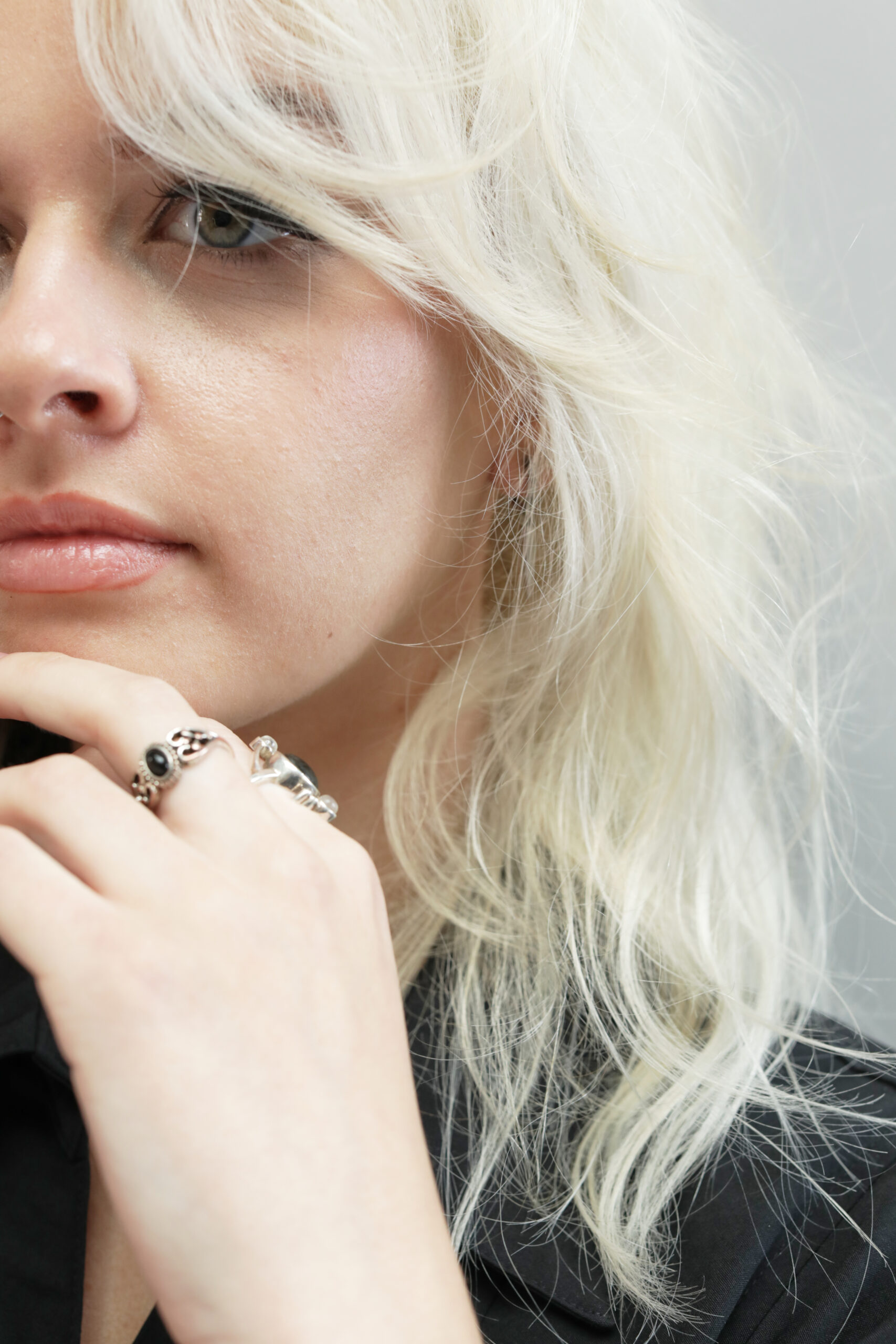
Many are confused about the difference between fine and thin hair. To clarify: fine hair is perfectly healthy hair that just has a thinner strand/overall diameter. And that’s because of the size of the follicle itself. If you have a smaller follicle, the hair that comes out of it is smaller. One other characteristic of fine hair—which makes it more fragile and weak—is its lack of medulla, which is what gives it thickness and elasticity. Compare that to thicker hair, which can take much more heat and processing because it has more medulla. Someone with fine hair doesn’t mean they have “little hair”; that’s an illusion. You might have fine hair but a lot of hair. Also, note that the more straight it is, the more flat and closer to the head it will be. And if your scalp tends to be oily, fine hair will be greasier faster.
Regarding thin hair: Thin doesn’t necessarily mean “fine.” “Thin hair” refers to when someone’s amount of hair decreases—meaning, you have fewer hair strands. Normally, you may have two or three hairs coming from one follicle naturally, but every time you lose hair, the follicle might stay empty and shrink. When the follicle shrinks, you lose the density and diameter little by little. And sometimes the follicle closes completely. The more follicles that have shrunk or closed, the less hair you have.
What are the biggest issues that women with fine hair experience?
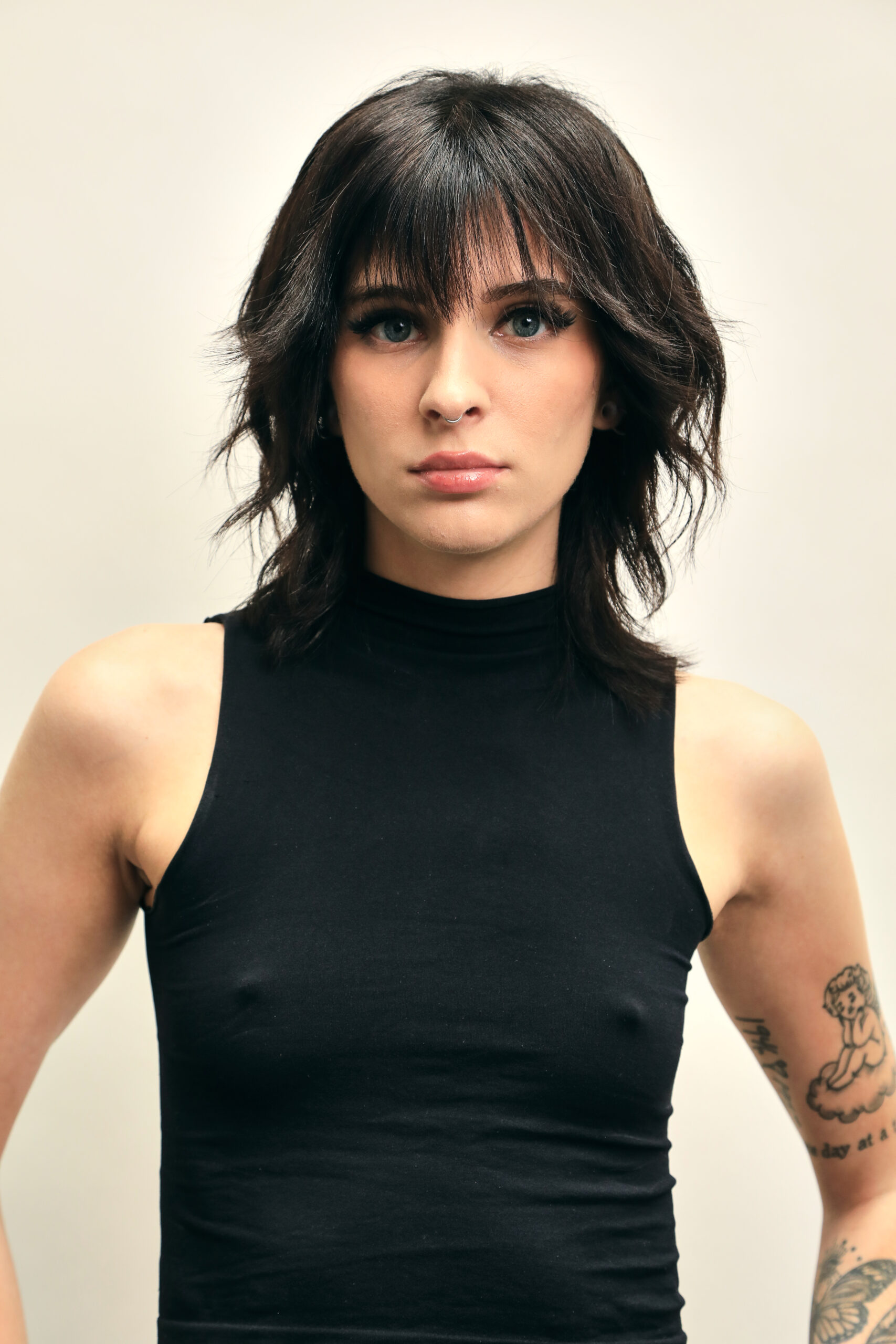
The most common issues that women with fine hair have are lack of volume and movement. However, women with fine hair that is wavy and curly don’t need to worry about movement because their texture will compensate for it. For those with fine hair who don’t have curls or waves, their hair is flatter and blowouts don’t last. Also, those with fine hair need to cut their hair often—when you don’t cut your hair often enough, you’ll get split or damaged ends since fine hair deteriorates faster (due to accumulation of free radicals). And a mistake that many make is to then try to compensate with nourishing and moisturizing products that are not designed for fine hair. These types of products have larger molecules that make hair heavy and weighed down.Finally, fine hair can get very staticy, and that is primarily because you are using the wrong shampoo, over-processing or using the wrong brush. I always recommend a bore brush and don’t over-process with heat.
Are there really cuts that can make fine hair look thicker?
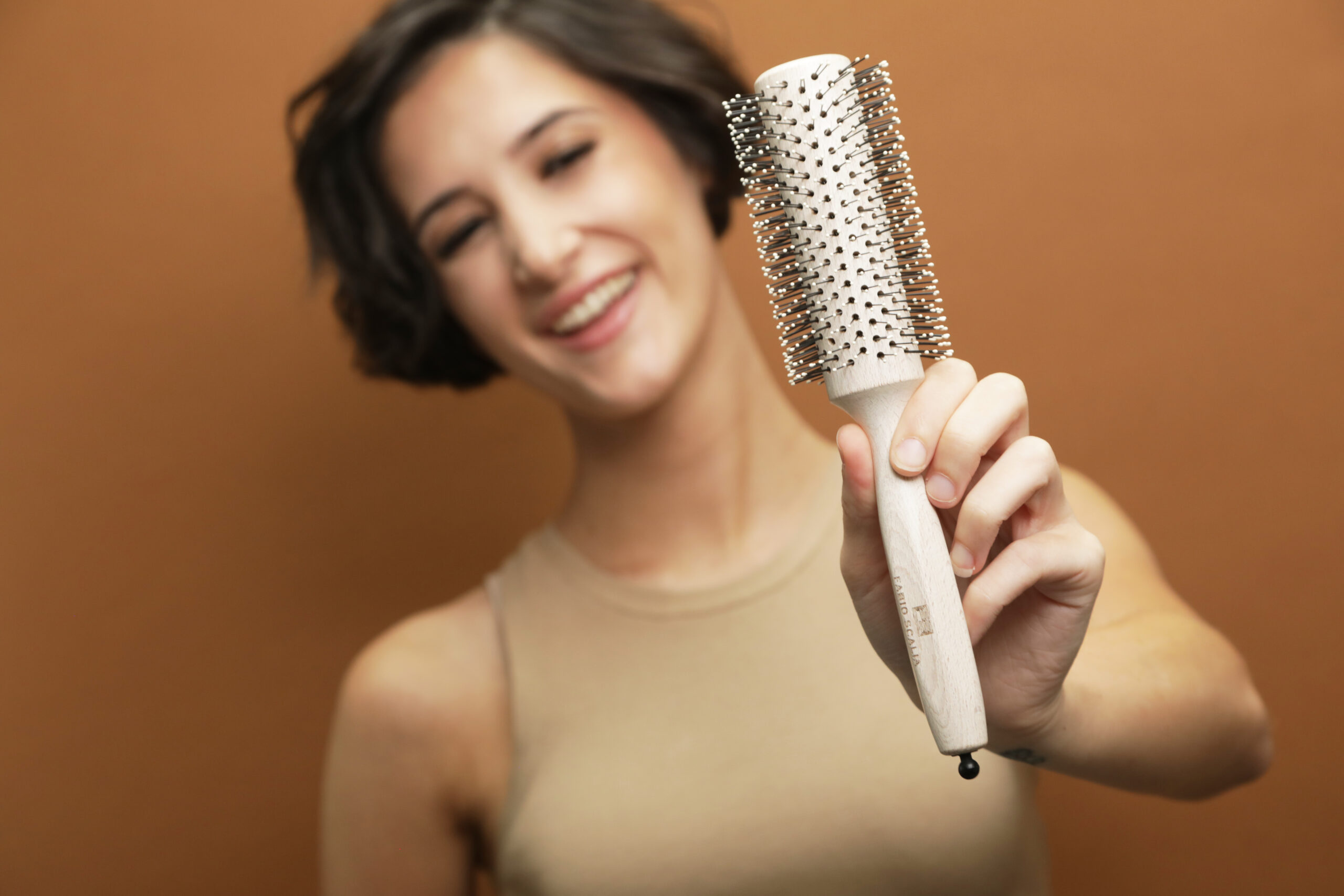
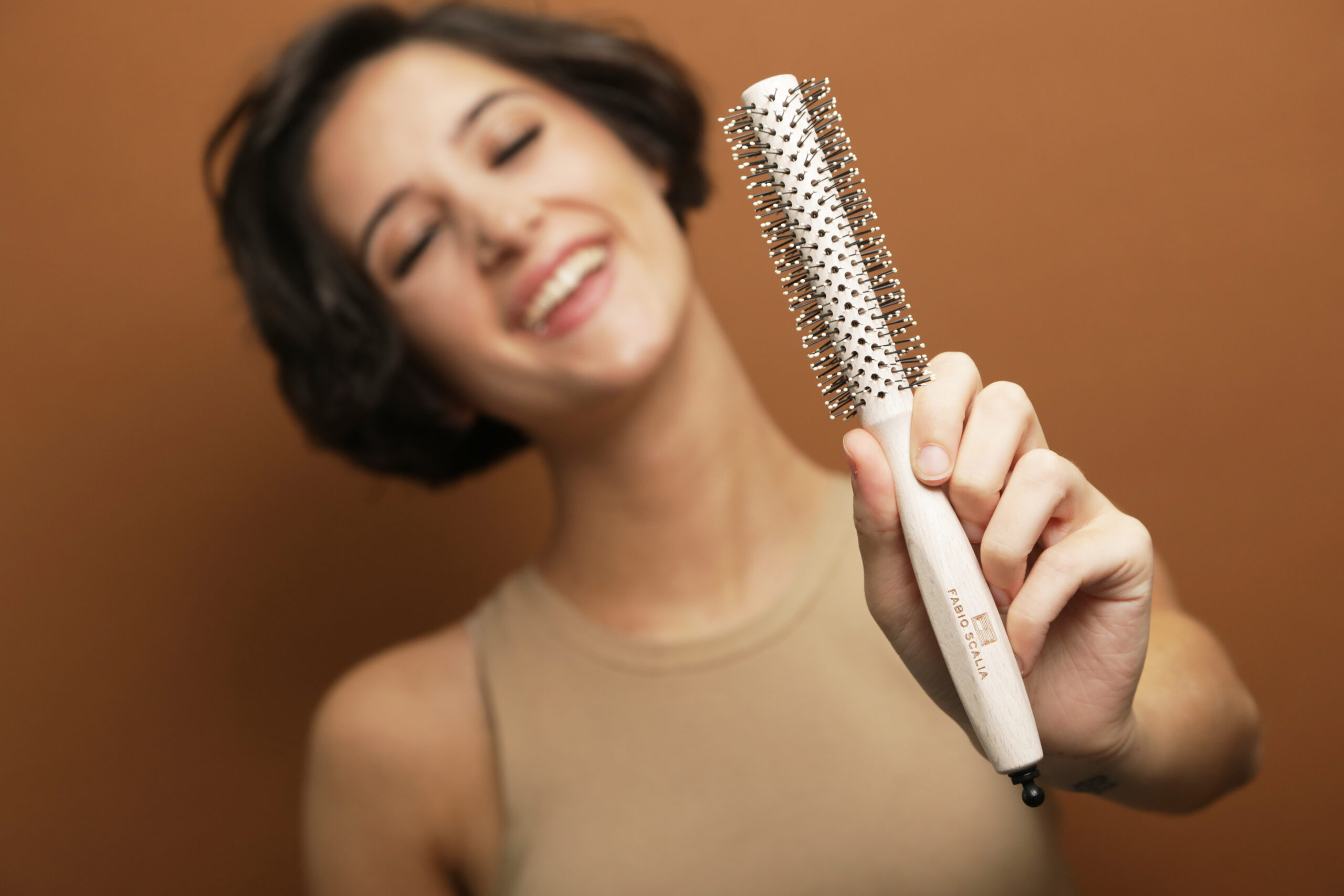
There are haircuts and styles that give the illusion of thicker hair. But most importantly, it is imperative that you cut your hair every 5-6 weeks to take the ends off. If you have thicker hair, you can go 6-8 weeks. Again, fine hair is fragile because it oxidizes faster. For cuts: Any blended cut that brings a good level of density at the bottom is preferable. Stay away from shears that are aggressive or too strong. Don’t use any type of texturizing technique, unless it is for finishing purposes in a specific part of the hair. Use a more classic blend cut/Sassoon technique with strong and sharp scissors. If I allocate a shape of a layer, I make sure that it is not one that removes weight from the bottom of the hair. Building up the density at the bottom is what makes a difference.
What are the worst cuts for fine hair and why?

The worst haircuts for fine hair are razor cuts, and any “thinout” cut; these destroy the texture of fine hair. Fine hair doesn’t need to emphasize texture by removing more hair. Avoid short, tiny aggressive layers and shags because they take time to grow and will lay too flat on the head. Stick to medium and longer layers that maintain the density of the perimeter of the hair since shorter layers remove weight and density at the bottom. Also, while pixies are amazing for fine hair, don’t go so short that you can see through the scalp, Keep that in mind when you are with your hairdresser.
What about hair brushes? When I detangle, can I use one of those cheap ones I see all over TikTok?
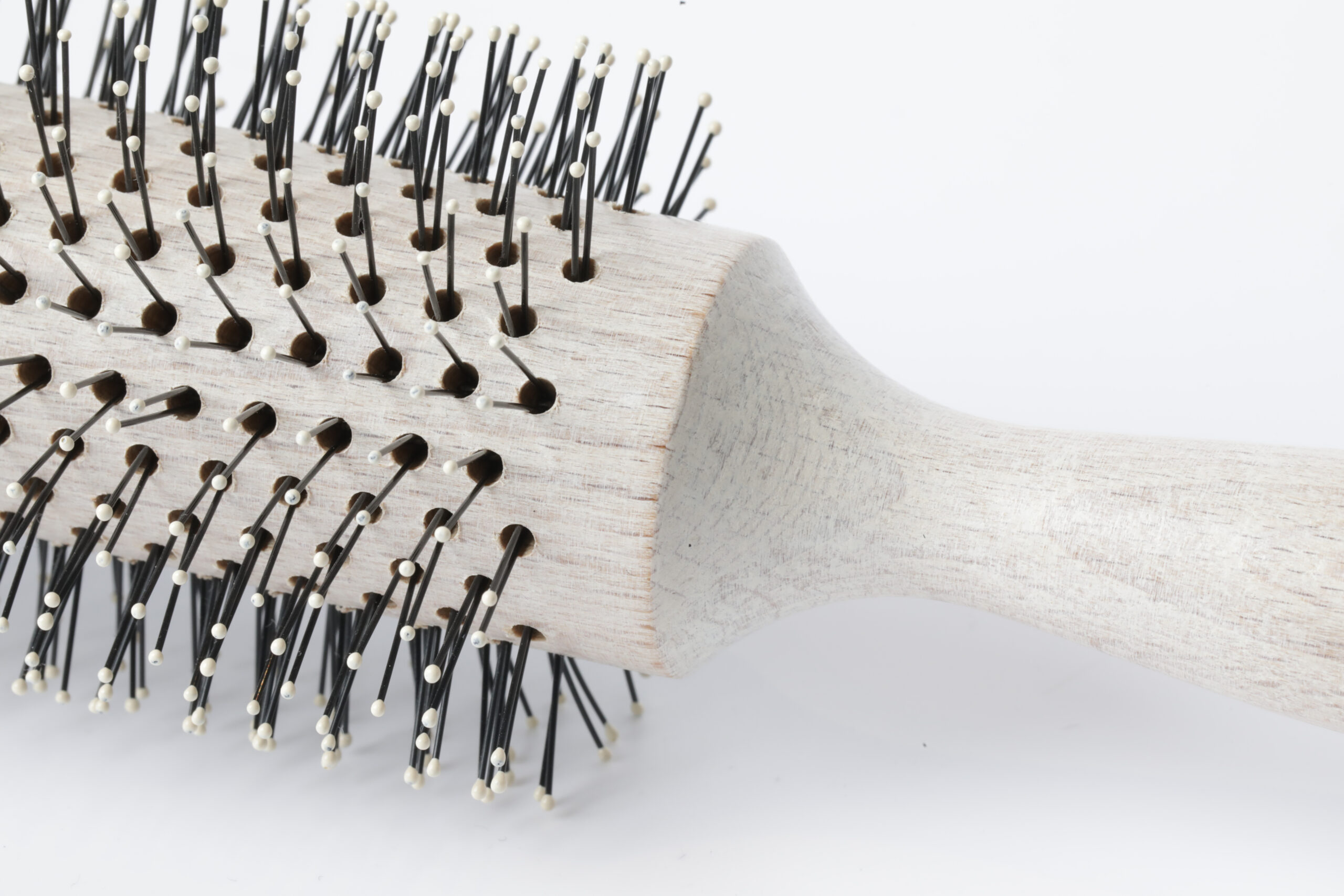
One of the biggest mistakes women and men with fine hair make is using the wrong tools and brushes. Metal brushes should not be used by anyone with finer hair since it will burn and dehydrate the hair. There is also a huge misunderstanding between professional brushes that hairdressers use, and those you would buy at a drugstore. Yes, the professional ones cost more but if you look at them you might think they are the same. But there is a big difference with professional brushes: The weight is different, the nylon is different (it’s treated, and not cheap) the bristles are different. Using the right brush, and with a little bit of teaching and direction, you can accomplish a much better finished look than with the cheap brush. Some of those brushes, like the cheap detangling brushes you see on TikTok, can damage your hair and make it more brittle. It can pull their hair off the scalp, which is obviously a problem for fine hair. They are not made by hairdressers. When you use them, you will understand that there is a difference with the types of plastic and materials. You need your follicles to stay healthy.
Choosing the right styling brush is also important. I once had a client who had actually melted a brush in their hair while heat styling and it was a mess; we had to cut their hair short. You need to do some research and find the right brush that is appropriate for your hair. Because of the nature of finer hair, which doesn’t require extra pulling or tension, so you need a brush that is gentle. La Bionda is an extraordinary brush for fine hair: it’s made of beechwood, which does not retain heat at all and helps prevent the hair from becoming staticy, It’s also designed to make it easier to navigate sections while styling. Using the sectioning pick in the brush, create sections that are the same thickness and width of the brush, and work section by section. La Bionda has specific French nylon bristles that are super heat resistant, and this brush will give you the perfect shape and smoothness, while protecting your hair from free radicals after you finish.
What are some other no-nos for women with fine hair, when it comes to care and styling?
- Never use the wrong shampoo, and especially, don’t use cheap shampoo. Also remember that shampoo that is formulated for fine hair is not always good for every type of fine hair. There are a lot of factors to keep in mind.
- Not using a heat protector. Again, use professional products because they provide more smoothness, shininess
- Washing your hair too often. Try to shampoo less, and in between use a brush like La Chiara, since it helps distribute oil throughout the hair. Washing too much also creates static issues
What are some easy tips for everyone who has fine hair, no matter the texture?
- First, shampoo only three times a week maximum. If you need to ease into that, try washing every other day for six months, until you can get to two or three times a week.
- Always use something on the roots, such as a root lifter since those will help block the oil
- Dry your hair upside down. Reverse the direction and go section by section. Also, when you blow dry, don’t dry too much hair at once – do small sections at a time. Use low speed and medium to high heat. Speed of hair needs to be slower. Remove water molecules slowly and surely. If it is too aggressive, the hair wouldn’t follow your guide when you’re trying to create a shape


What are the best styling and care products for fine hair?
- The must-have products for anyone with fine hair are the Densifique line from Kerastase (or their Genesis line for men), and the Volumista line from Oribe. I also like PHYTOVOLUME Volumizing Blow-Dry Spray
- Masks are good for fine hair, but use ones that are developed for fine hair, and don’t use too much product
- Densimorphose Hair Mousse from Kerastase is amazing. Dry shampoo is good but not for everyday – the only one I recommend is Perfect Hair Day by Living Proof
- FS Collezione hair brushes that are must-haves for fine hair are: La Claudia, La Chiara and La Bionda
- For static, Oribe Tre Set Structure Spray (mist-to-mousse technology)
